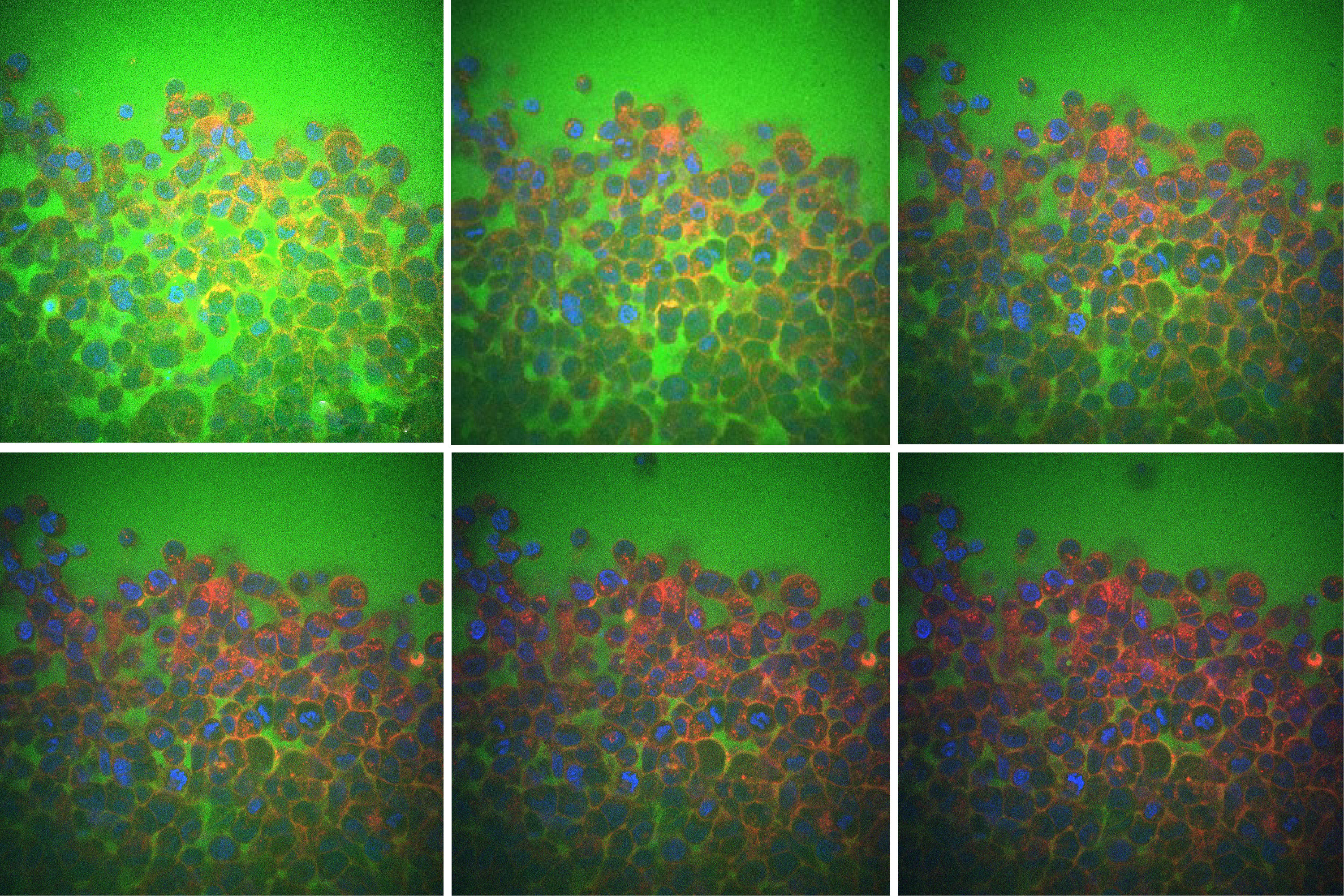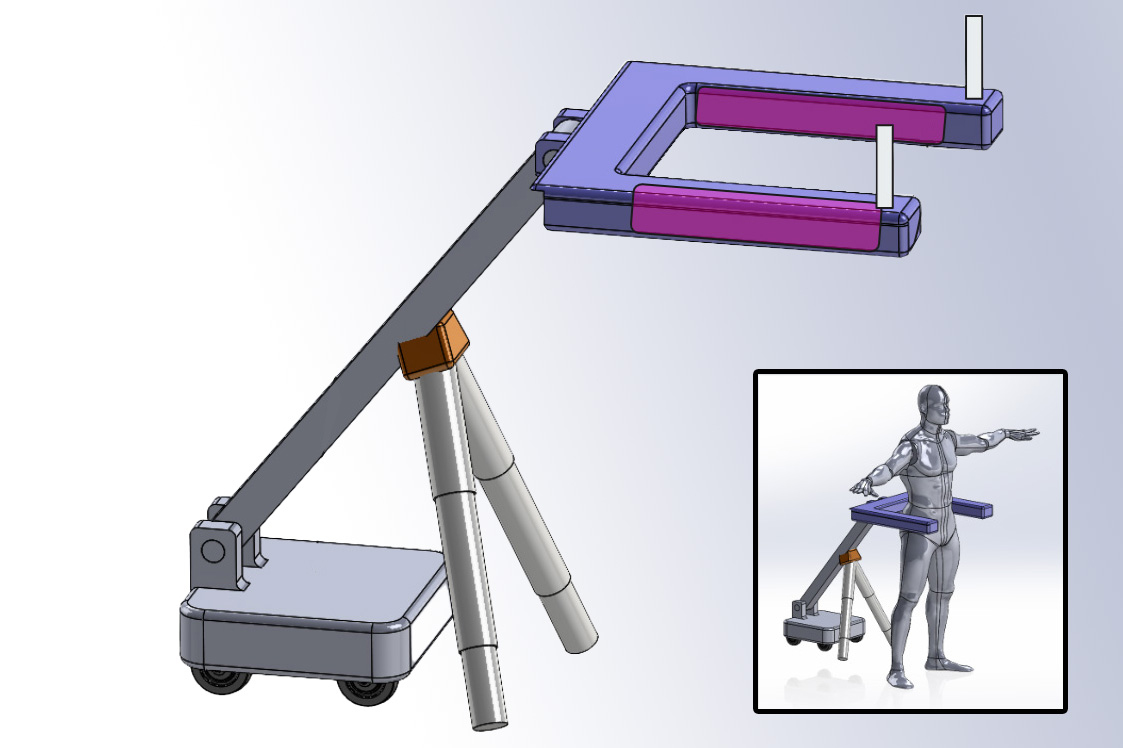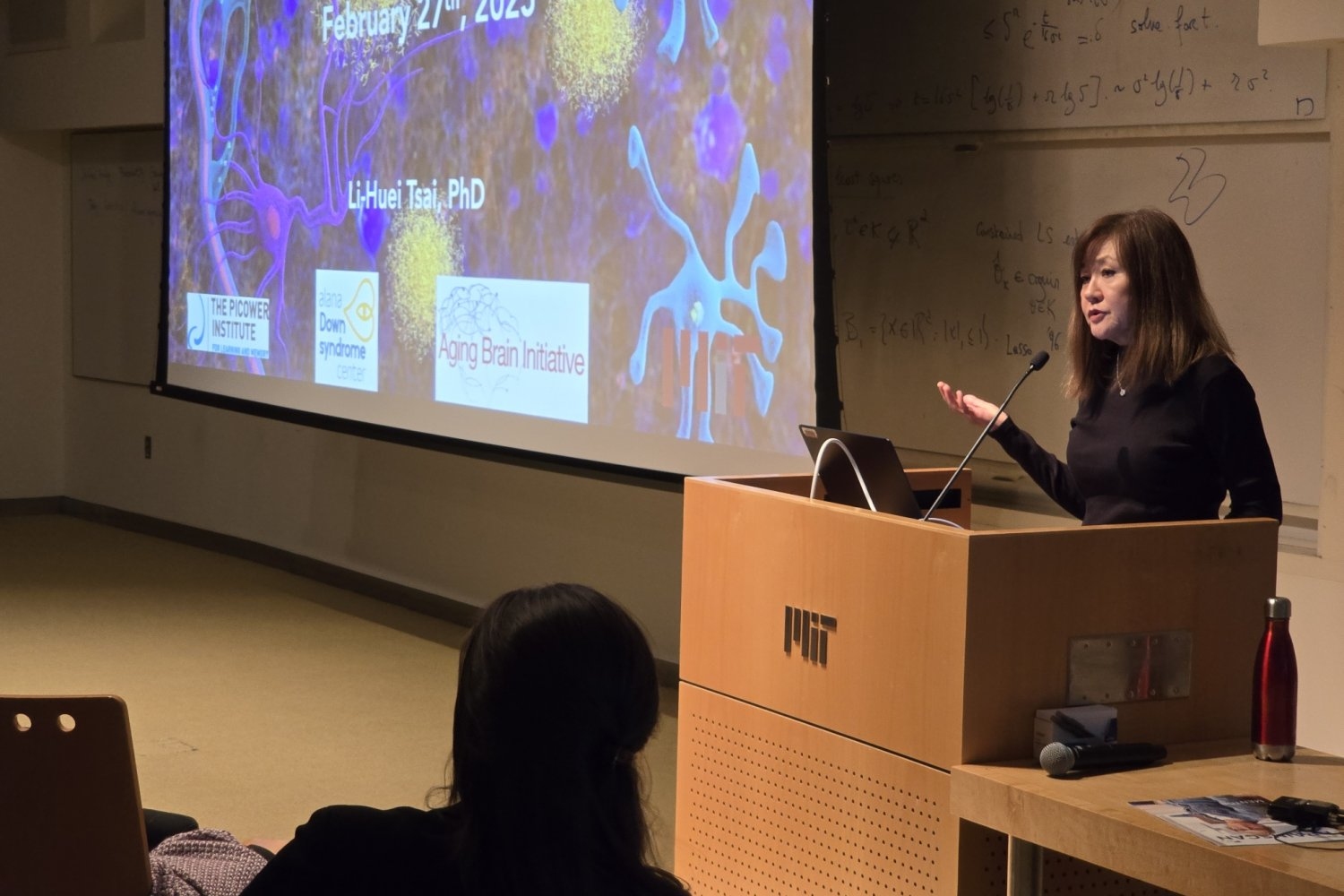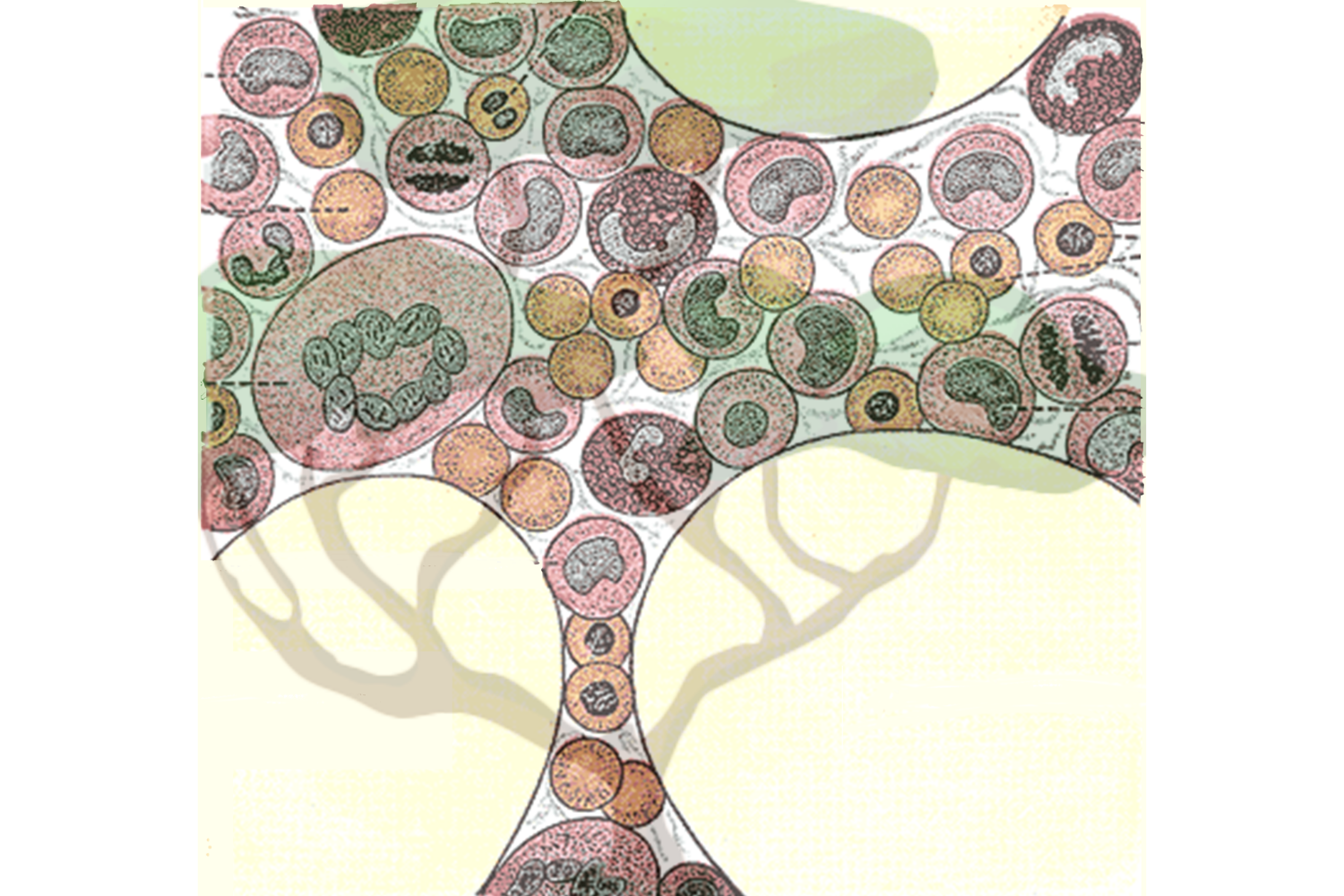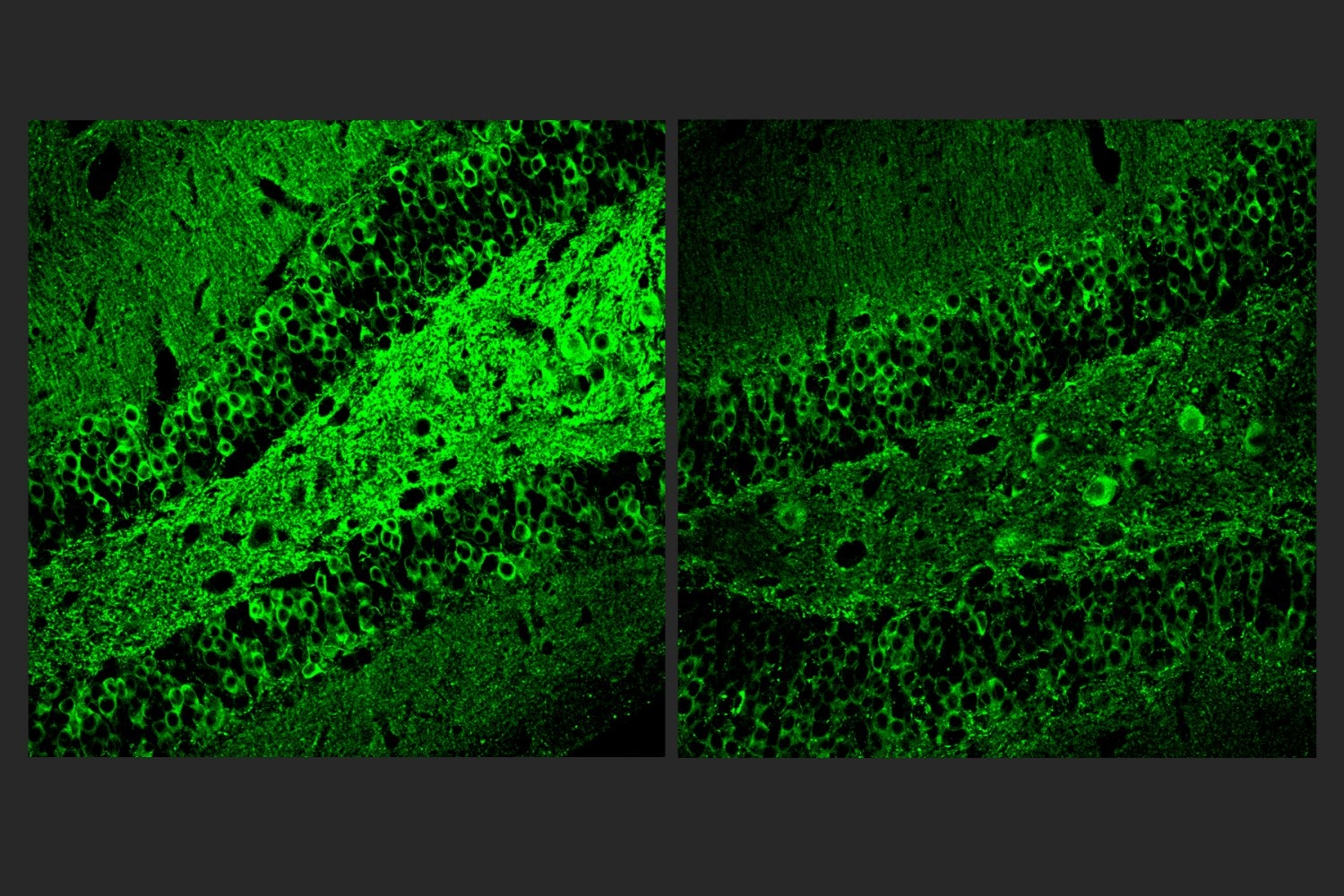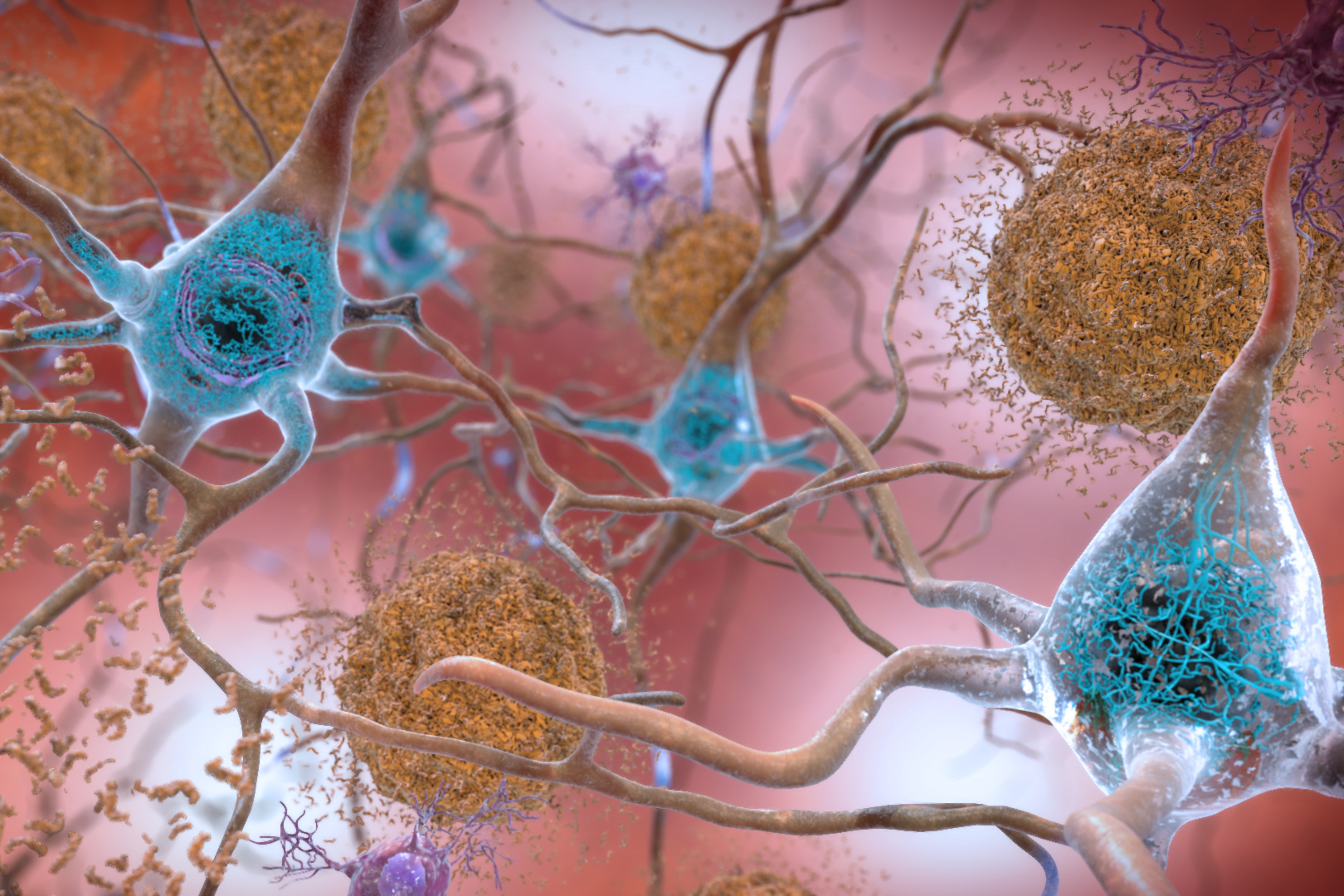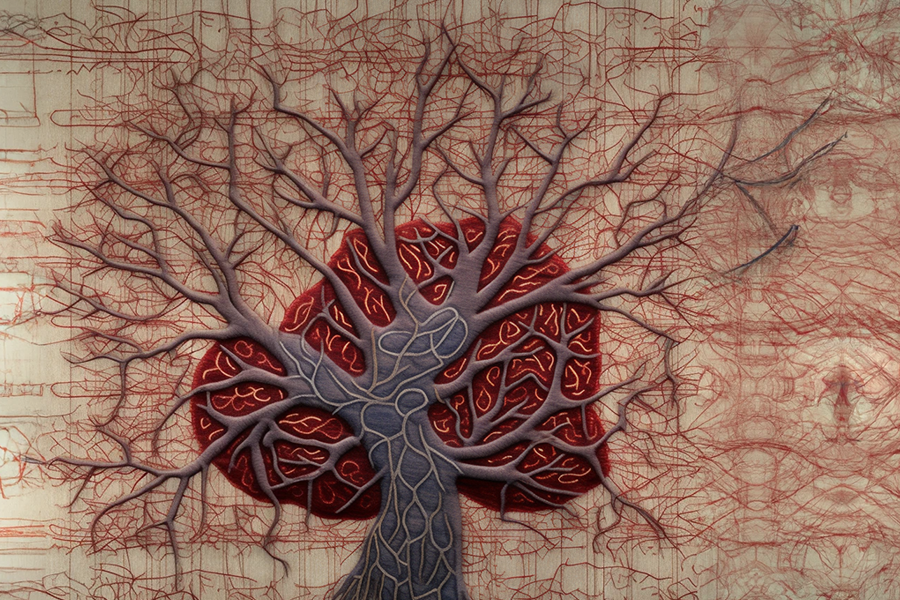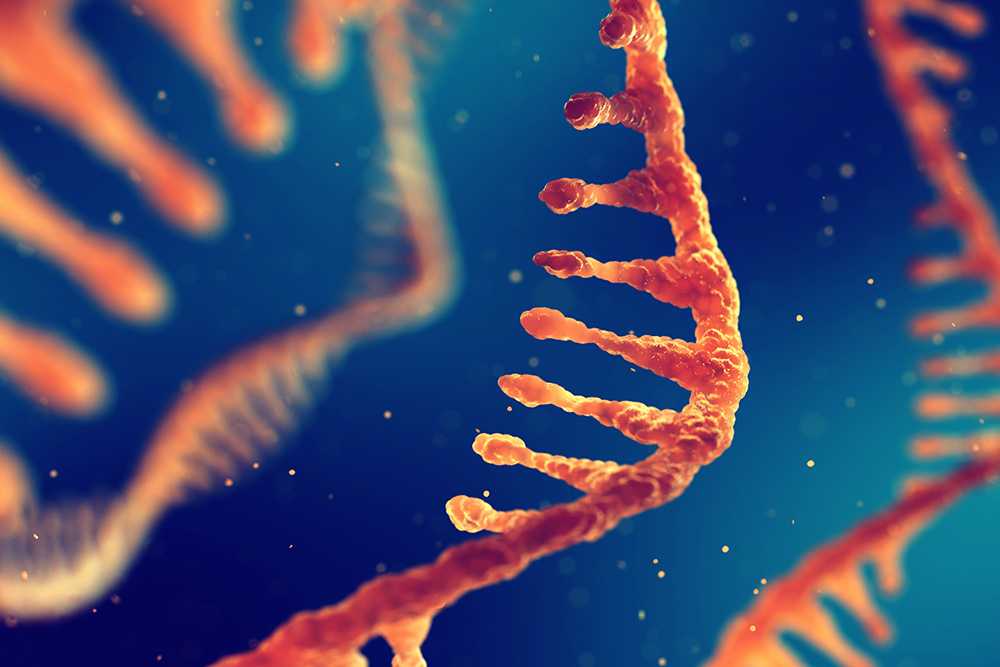A brief history of expansion microscopy
Since an MIT team introduced expansion microscopy in 2015, the technique has powered the science behind kidney disease, plant seeds, the microbiome, Alzheimer’s, viruses, and more.
April 23, 2025 • ~13 min
Evidence that 40Hz gamma stimulation promotes brain health is expanding
A decade of studies provide a growing evidence base that increasing the power of the brain’s gamma rhythms could help fight Alzheimer’s, and perhaps other neurological diseases.
March 14, 2025 • ~6 min
Blood cell family trees trace how production changes with aging
Whitehead Institute Member Jonathan Weissman and collaborators developed a tool to reconstruct human cell family trees, revealing how blood cell production changes in old age.
Jan. 31, 2024 • ~11 min
Molecule reduces inflammation in Alzheimer’s models
A potential new Alzheimer’s drug represses the harmful inflammatory response of the brain’s immune cells, reducing disease pathology, preserving neurons, and improving cognition in preclinical tests.
Sept. 5, 2023 • ~8 min
Atlas of human brain blood vessels highlights changes in Alzheimer’s disease
MIT researchers characterize gene expression patterns for 22,500 brain vascular cells across 428 donors, revealing insights for Alzheimer’s onset and potential treatments.
June 21, 2023 • ~17 min
New technologies reveal cross-cutting breakdowns in Alzheimer’s disease
“Single-cell profiling” is helping neuroscientists see how disease affects major brain cell types and identify common, potentially targetable pathways.
Jan. 18, 2023 • ~6 min
/
5

